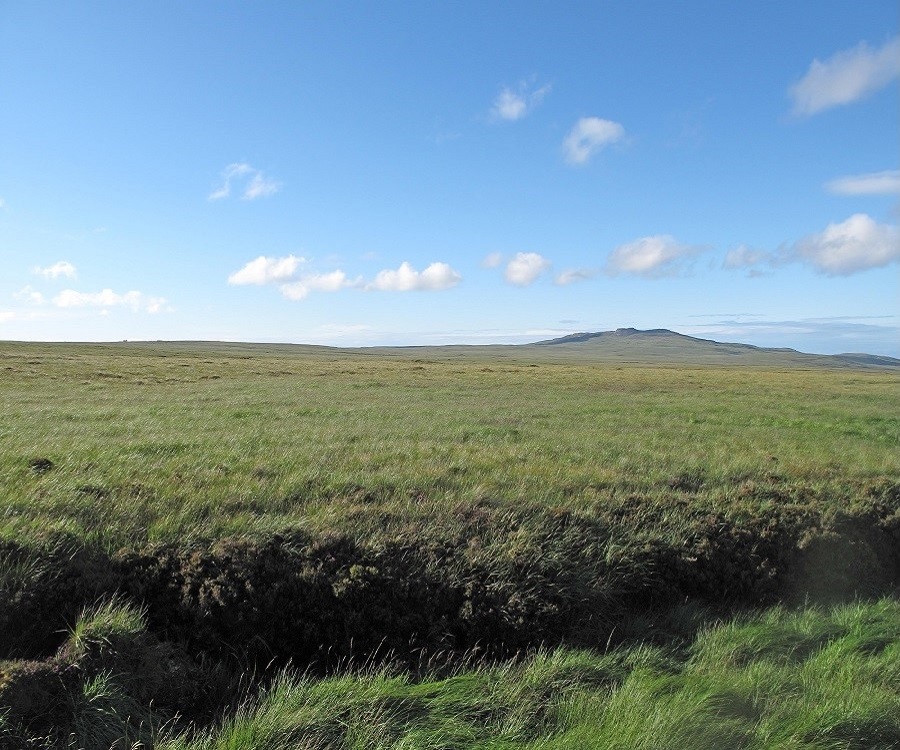The Environment Agency has recently published a carbon offsetting report, detailing 17 types of carbon offsetting techniques which can be used by businesses and land owners to reach the UK’s net zero emissions 2030 goal.
Carbon management is the typically the first step most businesses take in their journey to net-zero. However, in some cases carbon emissions can’t be reasonably reduced by technological, behavioural or economic changes. When this is the case the next step is to offset carbon through various methods of capturing greenhouse gases from the environment.
The Environment Agency report is a fascinating insight into the efficiency and effectiveness of the (largely nature-based) solutions we have access to, and the findings are relevant to anyone looking towards different methods of offsetting as part of their journey to sustainability.
Some of the key points from the Environment Agency Report on Carbon Offsetting include:
- There is no “silver bullet” solution, with all approaches showing their own strengths and weaknesses.
- There’s a wide range of approaches, with a variety of implementation factors, that remove GHGs at different rates over time.
- Each approach brings its own advantages in different areas – biodiversity, flood risk mitigation, soil erosion and general wellbeing.
- In terms of net zero targets, currently only woodland “removes” CO2, with peatland “reducing” it, but further research is needed on the impacts of alternative methods of offsetting.
- Currently there are only 2 accredited standards for carbon offsetting in the UK – The Woodland Carbon Code and the Peatland Code. Further research is needed to develop more offsetting schemes.
The pathway to reducing carbon, carbon offsetting and reaching net zero emissions is individual to each organisation.
For information on how we can help you with your journey to sustainability, please get in touch.


